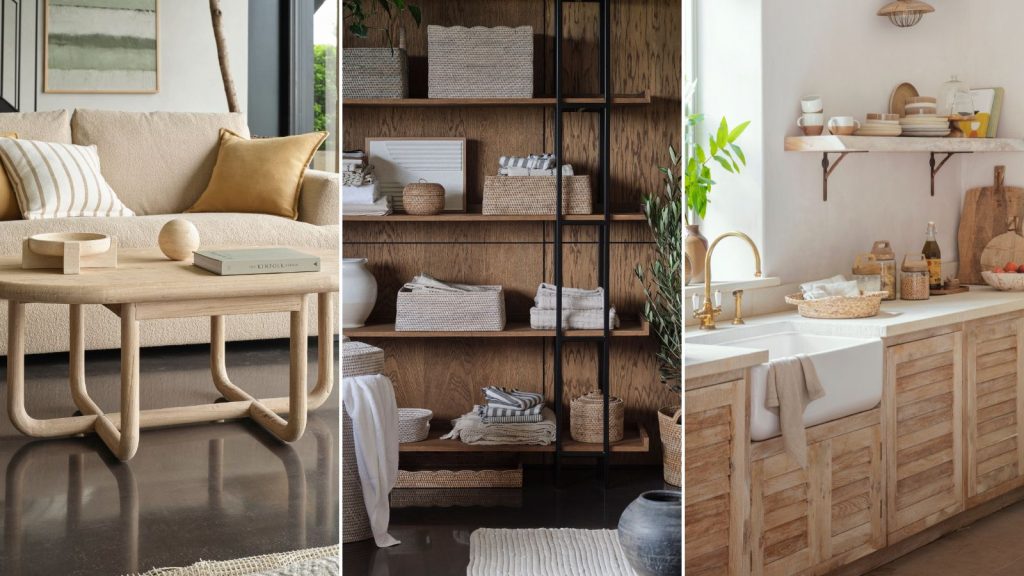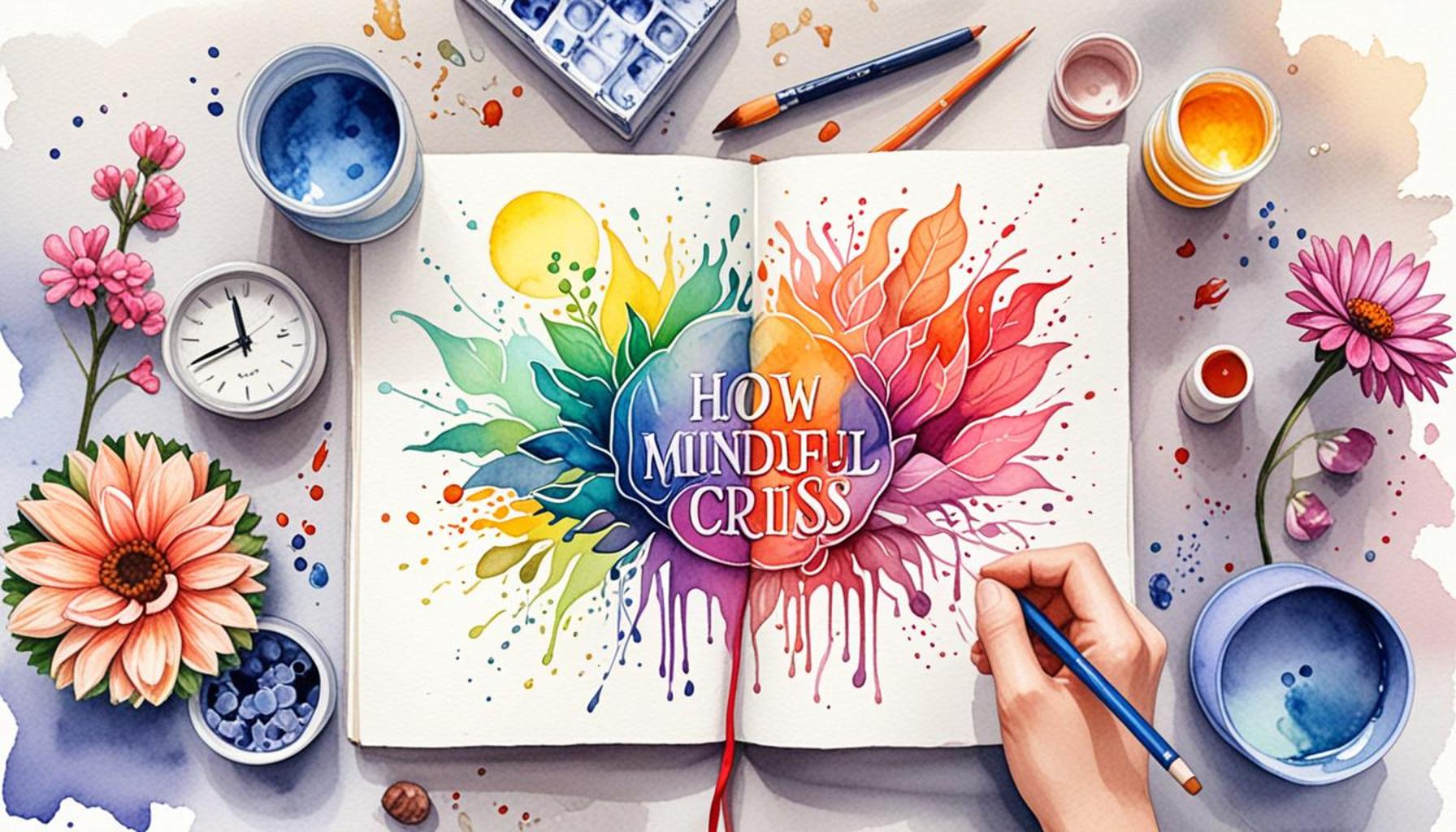Step-by-Step Guide Creating a Decluttering Action Plan

Introduction
With the rise of minimalism, decluttering has become an essential practice for those seeking more meaningful lives. The chaos of modern living often overwhelms us, making it challenging to find balance and serenity in our spaces. By simplifying our surroundings, we can foster clarity and focus, ultimately leading to enhanced well-being and productivity.
Creating a decluttering action plan empowers individuals to tackle the clutter that weighs them down. This step-by-step approach makes the process manageable, allowing you to gradually reduce excess possessions and create a more harmonious environment. To effectively guide you in this transformative journey, we will explore the Top 5 steps necessary for successful decluttering.
- Assess Your Space: Identify areas needing attention.
- Set Goals: Define what you want to achieve.
- Organize: Develop a sorting strategy.
- Implement: Begin the decluttering process.
- Maintain: Establish a system to prevent future clutter.
Are you ready to embark on the journey toward a clutter-free life? Let’s dive deeper into these essential steps!
YOU MAY ALSO LIKE: Read this other article
Top 5: How to Create a Step-by-Step Decluttering Action Plan
Decluttering, seen as the art of simplifying and organizing your surroundings, can breathe new life into both your living space and your mental well-being. It offers a chance to evaluate what truly matters, allowing you to open up room for creativity, relaxation, and functionality. However, if you’re facing a mountain of clutter, deciding where to begin can seem overwhelming. Crafting an efficient plan of action is your key to navigating this process step-by-step. In this detailed guide, we delve into the top five strategies for crafting a successful decluttering plan. These steps are crucial in making your transition to a cleaner, more minimalistic lifestyle seamless and rewarding. Let’s unravel the process together!

5. Assess Your Space
The journey to effective decluttering begins with a comprehensive assessment of your space. This initial step sets the foundation for all future actions. Begin by performing a walkthrough of your home, focusing on areas that are clutter-heavy and require immediate attention. Key questions to ask yourself during this assessment include:
- Which areas do I use the most? – Identifying high-use zones can help you prioritize your efforts based on the impact decluttering will have on your daily life.
- What items do I frequently find myself tripping over? – These items are potential candidates for relocation or removal altogether.
- Do I have sentimental items that need special care during this process? – Acknowledging items with emotional value early on helps you handle them with the necessary attention and respect.
Mapping out clutter hot spots provides a clear visual of what needs addressing. This can involve drawing simple layouts or marking areas on a floor plan. By understanding your starting point thoroughly, you’re equipped to effectively set priorities for your decluttering journey, ensuring efficiency and focus as you proceed.
4. Set Clear Goals
With a clear picture of your cluttered spaces, it’s time to set specific, achievable goals for your decluttering mission. This involves defining objectives that align with your lifestyle and timeframe. Consider setting goals like, “I will declutter my bedroom closet in one week” or “I aim to donate five bags of clothing by the end of the month.” When crafting your goals, breaking them down into smaller, manageable tasks can significantly enhance your success rate. For instance, you might tackle one category of items at a time, such as:
- Clothes
- Books
- Knick-knacks
- Kitchen appliances
By outlining these goals, you create a roadmap that keeps you pointed towards your destination. This strategy not only helps maintain focus but also ensures that the tasks remain manageable and achievable. Each completed goal brings a rewarding satisfaction and motivation boost, further fuelling your decluttering journey.
3. Create a Sorting System
Next, develop a sorting system to categorize your belongings based on their future relevance to your life. One of the most effective methods includes constructing four distinct piles:
- Keep – These are items you use regularly and which serve a clear purpose in your life.
- Donate – Items in good condition, yet no longer useful to you, that can benefit others.
- Trash – Broken, unusable items without any potential for repair or reuse.
- Store – Seasonal items or cherished keepsakes that are not required daily but hold specific significance or utility.
As you work through sorting, honesty becomes essential. Challenge yourself to determine if each item adds genuine value to your life. The ability to let go of possessions that no longer serve you, despite past attachments, is a pivotal aspect of successful decluttering. This systematic approach simplifies the process, guiding you smoothly towards a more organized, clutter-free space.
2. Schedule Decluttering Sessions
Timing plays a critical role in your decluttering journey. Decluttering isn’t about trying to handle everything all at once; it’s about consistent, scheduled effort. Allocate dedicated sessions on your calendar to make decluttering a priority in your life. Even short, focused sessions ranging from 15 to 30 minutes can dramatically transform cluttered spaces over time if done consistently. Consider the following tips:
- Choose times – Opt for early mornings or late evenings when disruptions are minimal, and you can engage with focus.
- Set a timer – Use a timer to maintain focus, create urgency, and ensure dedicated effort without overextending yourself.
- Make it enjoyable – Enhance your experience by playing your favorite music or streaming an engaging podcast as background entertainment.
Treating decluttering as an ongoing, scheduled activity means you’re more likely to remain committed and maintain the momentum necessary for lasting results.
1. Reflect and Maintenance
Post-decluttering reflection is vital in appreciating your efforts and ensuring long-term change. Once you’ve completed your decluttering tasks, take time to reflect on how your organized space makes you feel and any insights gained during the process. This reflection is instrumental in preventing the future reaccumulation of clutter. The real challenge lies in maintaining your organized environment over time. Implement a regular maintenance plan by revisiting your spaces periodically—perhaps every few months. During these maintenance check-ins, ask yourself:
- Have I accumulated items that are now unnecessary?
- Am I regularly using all my belongings?
- What routines or systems can I establish to prevent future clutter?
By continuously reflecting and establishing a maintenance routine, you foster a sustainable, organized lifestyle that allows the benefits of your decluttering efforts to endure into the future. This proactive approach ensures that your space remains a sanctuary of simplicity and peace.
| Category | Details |
|---|---|
| Clarity and Focus | A decluttering plan enhances clarity in your space, providing a focused environment that encourages productivity and creativity. This systematic approach helps you identify what is essential, thus enabling better decision-making. |
| Emotional Benefits | Engaging in decluttering can lead to emotional wellness. Reducing clutter often results in decreased stress and anxiety levels, creating a peaceful home atmosphere conducive to emotional healing and relaxation. |
| Practical Organization | Following a structured decluttering plan allows for practical organization. By categorizing belongings, you can develop a system that maintains order and makes it easier to find and access items when needed. |
| Sustainability | Implementing a decluttering strategy can contribute to sustainability. By deciding what to keep, donate, or recycle, you actively reduce waste and promote environmentally-friendly practices, contributing to a more sustainable lifestyle. |
LEARN MORE: This related article may interest you
Frequently Asked Questions About Creating a Decluttering Action Plan Step by Step
What is a decluttering action plan?
A decluttering action plan is a strategic approach to organizing and simplifying your living or workspace by systematically reducing clutter. It involves identifying areas that need improvement, setting priorities, and implementing a series of well-defined steps to achieve a more organized and clutter-free environment. By developing a plan, you can make the decluttering process more manageable and less overwhelming, ensuring that progress is both steady and sustainable.
What are the key steps to start a decluttering action plan?
There are several crucial steps to kickstart an effective decluttering plan. First, assess the cluttered spaces and prioritize the areas that impact your daily life the most. Next, set clear and realistic goals, such as dedicating a certain amount of time each day or week to the task. Then, create a step-by-step plan tailored to your lifestyle and preferences, breaking down the process into manageable tasks. Lastly, gather necessary tools such as storage bins, labels, and cleaning supplies to help you stay organized throughout the decluttering journey.
How do I maintain motivation during the decluttering process?
Maintaining motivation can be challenging, but there are several strategies to keep you on track. Set short-term targets to feel a sense of accomplishment as you progress. Celebrate small victories by rewarding yourself, whether through a treat or a break. It can also be helpful to enlist a friend or family member for support or accountability. Remember, the benefits of decluttering extend beyond a tidy space—it can lead to reduced stress, improved focus, and a greater sense of well-being.
What should I do with the items I no longer need?
Once you’ve identified items to part with, consider options like donating, selling, or recycling. Donations can support local charities and help those in need while providing a sustainable way to dispose of unwanted items. Selling is an option for valuable items, providing extra income. Recycling is essential for minimizing waste, ensuring disposed items are processed in an environmentally friendly manner. By choosing the right method, you contribute positively to the environment and community.
How often should I revisit and update my decluttering action plan?
Regularly reviewing and updating your decluttering plan is vital to maintaining a clutter-free space. Consider setting a schedule, such as quarterly or biannually, to reassess and make necessary adjustments. This helps to prevent clutter from accumulating and ensures that your system remains effective and relevant to your current needs. Periodic reviews can motivate you to stay organized and reinforce the habits of a clutter-free lifestyle.
YOU MAY ALSO LIKE: Read this other article
Conclusion
In the contemporary pursuit of minimalism, the art of decluttering stands as a crucial component, serving as a pathway to a more intentional lifestyle. Creating an effective decluttering action plan not only contributes to a physical transformation of space but also fosters mental clarity and emotional well-being.
Throughout the article, we explored a structured approach to decluttering, emphasizing the importance of setting clear objectives in order to avoid haphazard efforts. By establishing priorities, individuals can tackle areas that hold significant emotional weight or practical importance first, enhancing motivation and progression.
Another vital aspect highlighted was the necessity for a realistic timeline. Without one, a decluttering endeavor can easily become overwhelming and unsustainable. By breaking tasks into manageable steps, and setting deadlines, you keep the momentum alive and ensure consistent progress.
We also underscored the importance of sorting and categorizing possessions, a step that facilitates informed decision-making about what items truly serve your needs and aspirations. Following this, implementing a designated space for each item and establishing regular tidying habits anchor the newly created space into one’s daily routine.
The rationale behind such a methodical plan is to transform decluttering from a sporadic task into an ongoing lifestyle choice, ultimately freeing individuals from the constraints of excess and offering them more room for growth, creativity, and peace. By adopting these strategies, anyone can successfully transition to a minimalist lifestyle that nurtures both the environment they live in and their own personal development.


